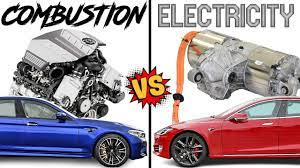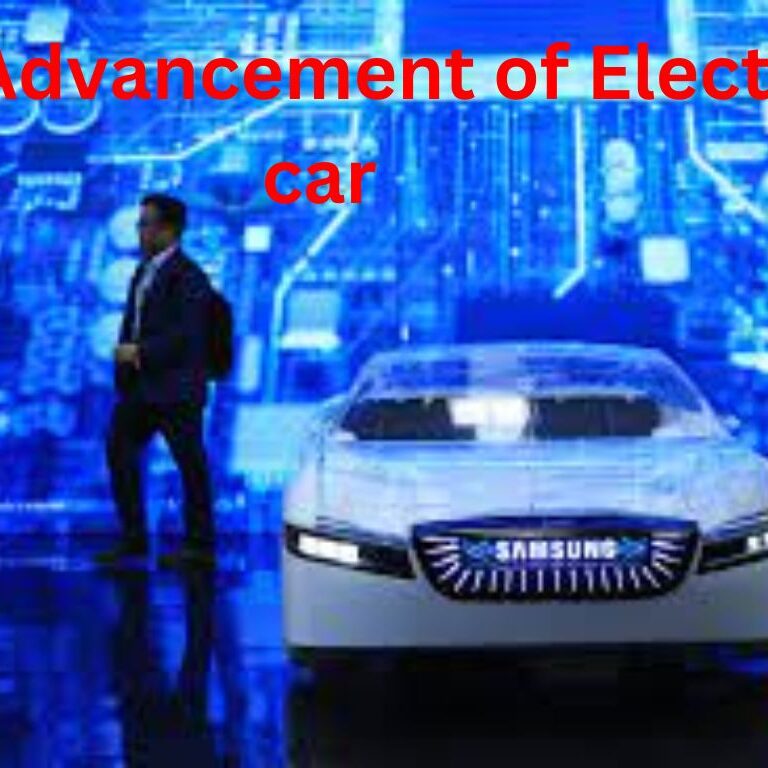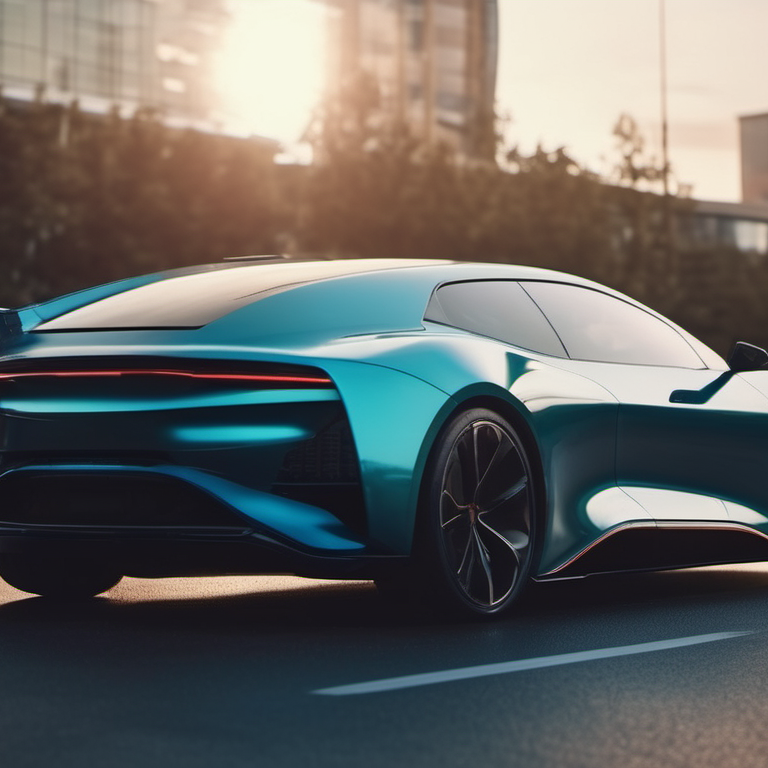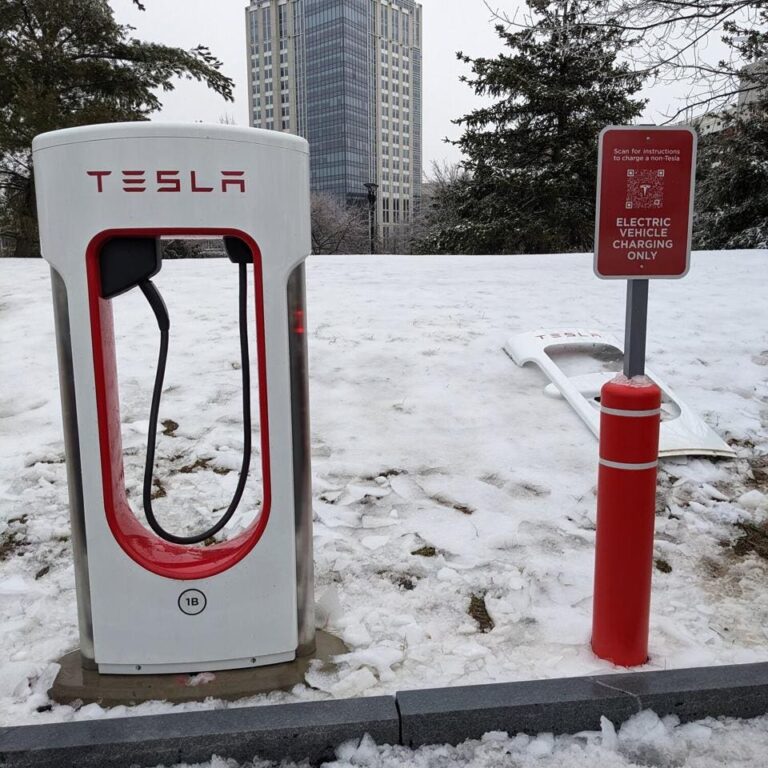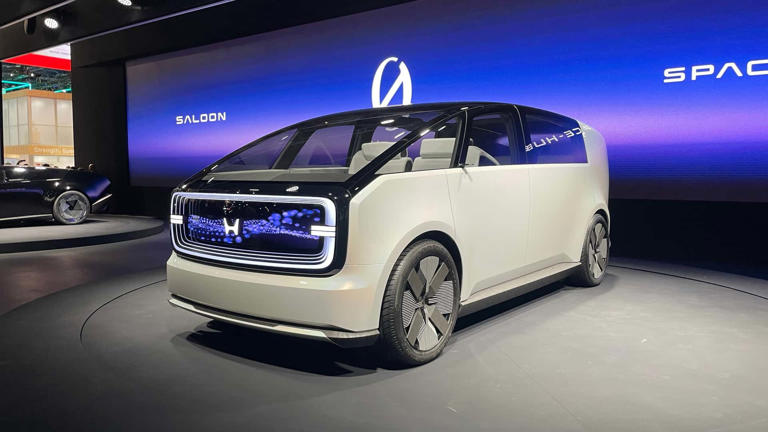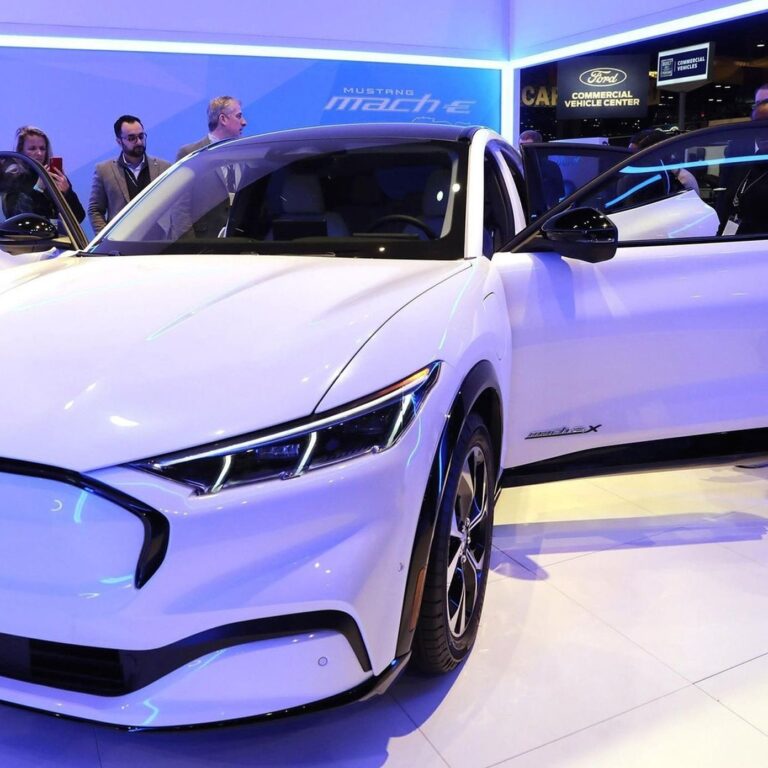Do Electric Cars Have Different Drivetrains Than Gas Cars?
Electric cars have drivetrains that are fundamentally different from those in gas cars. While gas cars use combustion engines, electric vehicles (EVs) rely on electric motors.
Understanding vehicle technology is crucial in an era where sustainable transportation is gaining momentum. Electric cars, known for their eco-friendly nature, are a significant departure from traditional gas-powered vehicles. The drivetrain, a vehicle’s component that delivers power to the driving wheels, showcases one of the most notable differences.
Gas-powered cars are equipped with internal combustion engines and complex transmissions. On the other side, electric cars simplify this by using electric motors directly connected to the wheels, often eliminating the need for multi-speed transmissions. The shift towards electric propulsion marks a pivotal moment in automotive innovation, with these vehicles offering quieter operation, fewer moving parts, and reduced emissions—attributes increasingly valued by consumers and environmental advocates alike. Your understanding of these differences not only informs vehicle choice but also reflects an awareness of the transformative trends in the automotive industry.

Credit: www.motortrend.com
Introduction To Electric And Gas Car Drivetrains
Understanding how electric and gas cars power their wheels is fascinating. Electric cars redefine traditional driving systems. Gasoline cars use more complex procedures. This exploration of drivetrains demystifies how both vehicle types turn energy into motion.
Basic Components Of An Electric Car Drivetrain
Electric car drivetrains are simple yet efficient. They convert electrical energy from batteries into motion. Let’s break down the key components:
- Electric Motor: The heart of the drivetrain, delivering torque to the wheels.
- Battery Pack: Stores electricity to power the motor.
- Controller: Manages power flow between the battery and motor.
- Transmission: Often a single-speed unit, directs motor power smoothly.
Traditional Components Of A Gas Car Drivetrain
In contrast, gas car drivetrains involve several parts working together. They transform chemical energy from fuel into kinetic energy. Here’s a look at their components:
| Component | Function |
|---|---|
| Engine | Burns fuel to create power. |
| Transmission | Offers multiple gears for speed and efficiency. |
| Exhaust System | Expels combustion by-products. |
| Fuel System | Stores and supplies fuel to the engine. |
| Cooling System | Keeps the engine at an optimal temperature. |
Evolution Of The Electric Drivetrain
The evolution of the electric drivetrain is a journey through innovation and technology. Electric cars have reshaped the automotive landscape with their unique drivetrains. Unlike their gas-powered counterparts, electric vehicles (EVs) wield a simpler yet highly efficient system to power the wheels. This evolution has heralded a new era in transportation.
From Early Electric Vehicles To Modern Designs
Electric vehicles are not a new concept. In fact, they date back to the 19th century. Initial models had simple, direct-drive systems and were limited by battery technology. As advancements in battery storage and motor efficiency progressed, so too did the designs of EV drivetrains.
- 19th Century – Simple electric carriages.
- Early 20th Century – Improved battery capacity and motor technology.
- Late 20th Century – Advent of modern electronics and control systems.
- 21st Century – Introduction of sophisticated power management and regenerative braking.
Today’s designs boast seamless integration of cutting-edge components. Innovations such as the one-pedal driving feature underscore the user-centric nature of modern EVs.
Technological Milestones In Electric Drivetrains
Technological milestones have punctuated the development of electric drivetrains.
| Year | Milestone |
|---|---|
| 1990s | Advent of AC induction motors. |
| 2000s | Lithium-ion batteries have gained popularity. |
| 2010s | Widespread use of regenerative braking. |
| 2020s | Integration of high-performance software to optimize efficiency. |
Each innovation has driven electric drivetrains forward. The shift to AC induction motors introduced higher efficiency and power. Lithium-ion batteries provided the jump in energy density needed to extend vehicle range significantly. The introduction of regenerative braking turned vehicles into energy-harvesting machines. Modern software advancements continuously fine-tune the performance for optimal efficiency.
Gas Car Drivetrains: A Mechanical Symphony
The drivetrains in gas cars are like a well-conducted orchestra. Each part works in harmony to power the car. This complexity is what makes gas cars unique.
Internal Combustion Engine Complexities
The heart of the gas car is the internal combustion engine (ICE). It’s a complex piece of engineering. Here’s why:
- Pistons: These move up and down to create power.
- Valves: They open and close to let in air and fuel, and release exhaust.
- Spark plugs: They ignite the fuel to power the engine.
- Crankshaft: It turns the piston’s motion into rotational motion that drives the car.
Every part must work perfectly to drive the wheels. Just like musicians in a symphony.
Transmission Systems In Gas Vehicles
In gas cars, the transmission is key. It changes engine power into wheel movement. Here’s how it works:
| Component | Function |
|---|---|
| Gears | They shift to match speed and power needs. |
| Clutch | Connects and disconnects the engine from the transmission. |
| Differential | Allows wheels to rotate at different speeds for turning. |
| Driveshaft | Carries power from the transmission to the wheels. |
The transmission has many gears for different speeds. It must pick the right gear at the right time. This process is vital for the car to run smoothly.
Key Differences In Performance
Exploring electric and gas vehicles uncovers stark contrasts in how they perform. Electric cars boast unique drivetrains that stand out in terms of efficiency, speed, and power delivery. Let’s dive into the specifics that set electric car performance apart from their gas-powered counterparts.
Acceleration And Torque Characteristics
Electric cars often outshine gas cars in their acceleration thanks to one crucial factor: instant torque. Unlike gas engines that need to rev up, electric motors provide maximum torque instantly. This ensures that electric vehicles (EVs) can accelerate swiftly from a standstill, delivering a smooth and responsive driving experience.
- Linear power delivery means no gears to shift through.
- EVs go from zero to hero rapidly and quietly.
- Key performance EV models can overtake sports cars in short-distance sprints.
Efficiency And Energy Consumption Comparisons
Efficiency reigns supreme in the realm of electric cars. With fewer moving parts than gas engines, EVs convert more of their energy directly into motion. They make every unit of electricity count.
| Aspect | Electric Vehicle (EV) | Gas Vehicle |
|---|---|---|
| Energy Source | Battery | Fuel |
| Conversion Rate | Over 60% | About 20-30% |
| Range | Getting longer | Dependent on tank size |
EVs with regenerative braking systems recapture energy typically lost during braking. This recycled energy boosts overall efficiency and range.
Despite higher upfront costs, the long-term savings on fuel and maintenance for electric cars present a compelling case. Total cost of ownership often ends up lower, making them not only faster off the line but also potentially kinder to your wallet in time.
Maintenance And Longevity Concerns
Understanding the maintenance and longevity of electric and gas cars is crucial for vehicle owners. Each drivetrain presents unique concerns and benefits that affect performance over time. This section delves into the major differences in maintenance schedules and expected lifespan of components within electric and gas-powered vehicles.
Servicing Intervals For Electric Vs. Gas Drivetrains
Electric cars often require less frequent maintenance than their gas counterparts. The absence of engine oil, timing belts, spark plugs, and other components cuts down the need for regular service checks.
| Service Item | Electric Car | Gas Car |
|---|---|---|
| Oil Change | Not required | Every 5,000-7,500 miles |
| Brake Pads | Less often (regenerative braking) | Every 25,000-50,000 miles |
- Brake wear reduced in electric due to regenerative braking.
- Battery checks become part of routine care in electric vehicles.
Lifespan Expectations Of Drivetrain Components
The longevity of drivetrain components varies between electric and gas vehicles. Electric cars benefit from fewer moving parts, which implies a longer lifespan for major components.
Batteries in electric cars are pivotal and typically come with warranties up to 8 years. Meanwhile, engines in gas cars, a complex network of moving parts, may require major repairs or replacements sooner.
- Battery Pack
- Electric cars: 8-15 years (or around 100,000-150,000 miles)
- Combustion Engine
- Gas cars: 10-15 years (with proper maintenance)
Ultimately, electric drivetrains tend to have a longer lifespan and could provide more value over time with proper vehicle care.
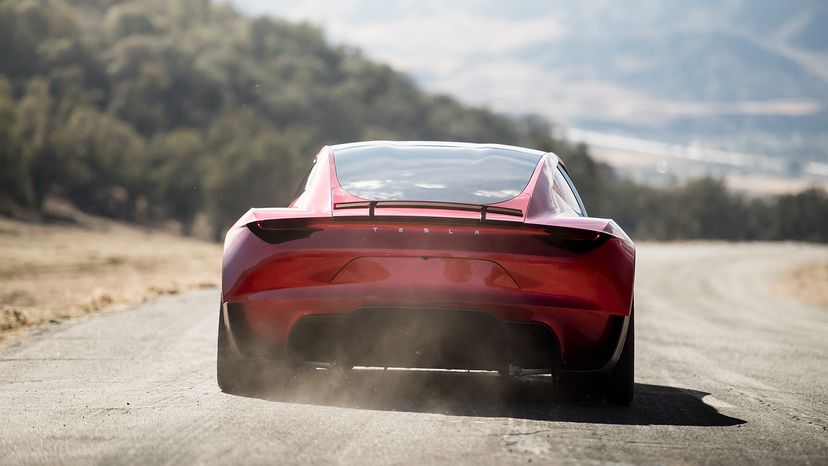
Credit: auto.howstuffworks.com
Environmental Impact And Sustainability
Electric cars are changing the game in automotive technology, with their unique drivetrains making a significant mark. These innovative systems have far-reaching implications for our planet’s health, and it is essential to explore how they differ from traditional gas cars in terms of environmental impact and sustainability.
Emissions Considerations For Drivetrains
When discussing the environmental footprint of cars, emissions are a hot topic. Electric cars boast drivetrains that produce zero tailpipe emissions, meaning that they do not emit any of the harmful pollutants associated with gas engines while driving.
- No direct NOx or CO2 emissions: Beneficial for urban air quality
- Fewer particulates: Results from the absence of combustion
While the overall emissions depend on how the electricity is generated, the shift to cleaner energy sources promises further reductions.
Recyclability Of Drivetrain Materials
The sustainability of electric vehicles also hinges on what happens at the end of their life cycle. Drivetrains in electric cars have components that are highly recyclable.
| Material | Recyclability Status |
|---|---|
| Battery Cells | Recyclable, with improving technologies |
| Electric Motors | Contain recyclable metals |
Much work is underway to ensure that the materials used in electric car drivetrains return to the production cycle, reducing waste and conserving resources.
The Role Of Software In Electric Drivetrains
The Role of Software in Electric Drivetrains is pivotal in the current evolution of electric vehicles (EVs). Unlike traditional internal combustion engine vehicles, EVs rely heavily on sophisticated software. This software controls not just the propulsion and energy management but also influences overall vehicle dynamics. Let’s dive into the nuances of software and its impact on electric drivetrains.
Software Updates And Performance Tuning
Software updates represent a unique aspect of electric vehicles. These updates can enhance performance, improve battery life, and even unlock new vehicle features. Performance tuning through over-the-air (OTA) updates allows manufacturers to refine the drivetrain’s response to inputs, energy efficiency, and power output.
- Instant improvements without visiting service centers.
- Better energy management, increasing travel range.
- Customizable driving experiences tailored to driver preferences.
Autonomous Driving Capabilities And Drivetrain Integration
The marriage of autonomous driving technologies with electric drivetrains is a technological leap. Software integration enables seamless communication between sensors, actuators, and the electric motor. This harmonization is critical for the smooth operation of self-driving features.
| Autonomous Feature | Benefit |
|---|---|
| Adaptive Cruise Control | Adjusts speed for efficiency. |
| Lane-Keeping Assistance | Keeps vehicle centered, reducing drag. |
Enhanced safety is another benefit as the drivetrain reacts instantly to autonomous system commands for obstacle avoidance or emergency braking.
Future Trends In Drivetrain Technology
Welcome to the cutting-edge of automotive evolution.
Electric and gas cars differ in their drivetrains.
Electric cars have simpler systems.
We will look closer at the future trends in this exciting field.
Advancements In Battery And Motor Technologies
The core of electric vehicle innovation lies in batteries and motors.
Improved power density and faster charging are key goals.
Future batteries may charge in minutes, not hours.
Solid-state batteries are on the horizon.
- They promise higher capacity.
- They could be safer than liquid counterparts.
Motor efficiency is gaining traction too.
We expect more torque and reduced energy consumption.
Electric motors are shrinking in size but growing in potential.
The Rise Of Hybrid Systems
The future is not just fully electric.
Hybrid systems combine the best of both worlds.
They offer versatility in energy usage.
Gas engines and electric motors work together in hybrids.
Hybrids can generate power even when charging stations are scarce.
Look for plugin hybrids with longer electric-only ranges.
Future hybrids could have multiple electric motors for better control and power.
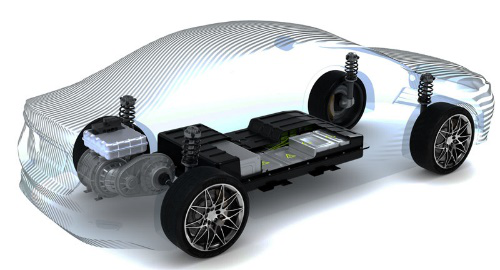
Credit: interplex.com
Frequently Asked Questions Of Do Electric Cars Have Different Drivetrains Than Gas Cars
Does An Electric Car Drive Differently?
Electric cars offer a distinct driving experience; they typically accelerate faster and run more quietly compared to traditional vehicles. Regenerative braking in electric cars may also feel different, providing a unique handling characteristic.
Do Electric Cars Have Drivetrains?
Yes, electric cars have drivetrains. They typically include an electric motor and a single-speed transmission that drives the wheels.
How Is Driving An Electric Car Different From A Gas Car?
Driving an electric car offers a quieter, smoother ride and involves no exhaust emissions. Unlike gas cars, electric vehicles feature instant torque, require less maintenance, and rely on charging rather than traditional fueling.
Are Electric Cars Fwd Or Awd?
Electric cars can be either front-wheel drive (FWD) or all-wheel drive (AWD). The drivetrain varies by model and make of the vehicle.
Conclusion
Understanding electric and gas car drivetrains helps consumers make informed decisions. Electric cars offer simplicity and efficiency, with fewer moving parts than traditional gas vehicles. As the auto industry evolves, it’s clear that electric drivetrains are propelling us towards a more sustainable future on the roads.
Choose wisely, as your next vehicle could be part of this innovative wave.

